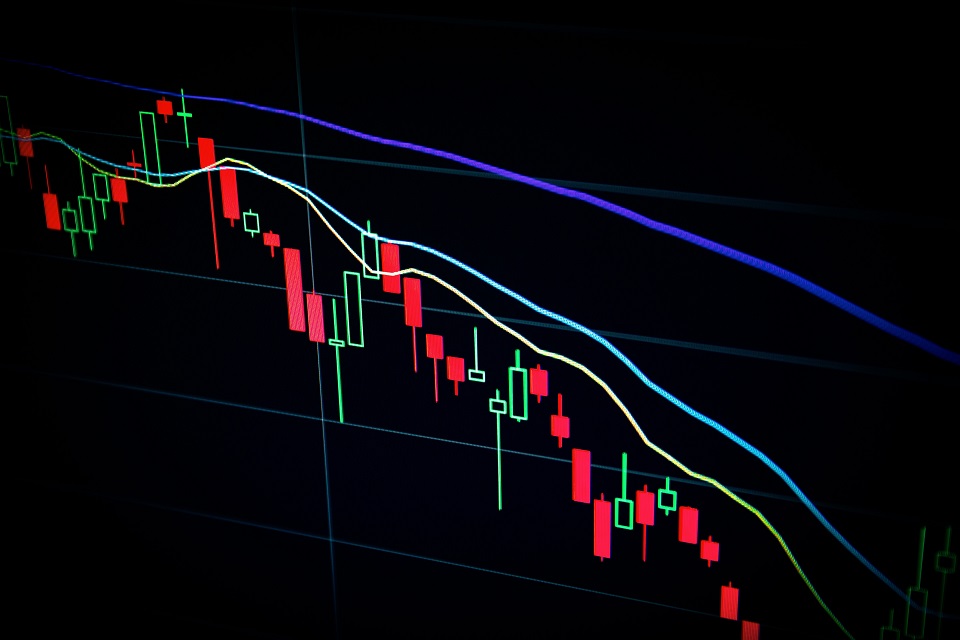Dubai is well known for its luxury shops and hotels, and its busy trading activity. The Dubai Stock Exchange is one of the largest stock exchanges in the Middle East, and it is a centre for price action trading.
Table of Contents
Price Action Traders
Price action traders use charts to analyse the price movements of securities and attempt to predict future price movements. They trade based on what they see on the charts rather than on indicators or other analysis tools. This makes price action a very discretionary form of trading.
Several factors can affect the price movements of securities in Dubai. These include:
- Political and economic conditions,
- Company earnings,
- Global market sentiment and
- News events.
Traders must constantly monitor all of these factors as they trade.
Chart Patterns
A few chart patterns that price action traders use to help determine future price movements.
Thrust Line
The “thrust line” is drawn from the last swing high on a bearish move down to the first swing low on a bullish move. It helps identify trend changes and can be used as a price target for that initial break past resistance or support levels.
Traders then watch to see if that thrust line holds as support or resistance once the security retraces back towards it.
For example, if an instrument declines and makes new lows but stalls near its previous lows (the thrust line), this could indicate that bears lack momentum and suggest an uptrend may be forming.
Flag
The “flag” is a short-term continuation pattern that forms when a sharp price move is followed by a period of consolidation.
The flagpole is the vertical price move, and the flag is the sideways movement.
Flags typically have parallel trendlines, with resistance above and support below the banner. When the security breaks out of the flag, it often moves in the direction of the original sharp price move.
Head & shoulders
The “head and shoulders” formation is a reversal pattern that signals a bearish trend change. It consists of three peaks (the head, shoulder, and neckline), with the middle peak being the highest of the three.
The formation typically suggests that a downtrend will persist after the breakout.
Pennant
The “pennant” is a continuation pattern resembling a flag, but has different characteristics.
It forms after an advance and consists of a small rectangular trendline pattern with the upper parallel trending higher than the lower parallel.
The formation signals that the remaining strength in an uptrend will likely produce another pennant or rectangle formation, suggesting further continuation of the price move is likely.
Rectangles
Rectangles are continuation patterns similar to flags and pennants but consist of converging trend lines pointing in opposite directions (upward sloping support line and downward sloping resistance line).
These indicate strong momentum in both directions, leading to volatility after the breakout. Breakouts often happen swiftly with little warning, so traders must be prepared to take action quickly.
Advantages
The main advantage of price action trading is that it requires little charting software and indicators. This makes the learning curve much lower than with algorithmic or automated trading.
Price action traders can read charts and analyse market conditions to make more profitable trades. There is no reliance on third-party algorithmic or mechanical signals, and therefore, there is less risk of order errors entering the market.
Trading via charts also facilitates overall analysis for better returns, as an individual needs to research all aspects before entering a position.
Using this method requires constant monitoring of the current market state, so one must remain active to reap the rewards from employing such a strategy.
In Summary
Using price action trading in Dubai can be a profitable endeavour, but it requires constant monitoring of the ever-changing market conditions.
Traders must read charts and make quick decisions to capitalise on opportunities as they arise. With practice, traders can become successful using this approach to trading.
Follow Saxo for more information on stocks.


